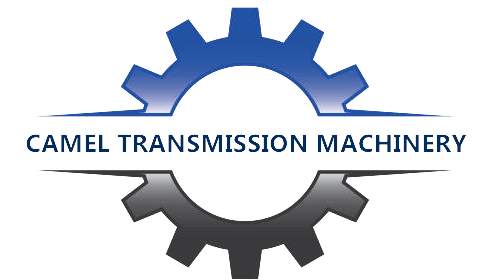Bearings are a critical component of wind turbine gearbox operation. Exposure to high loads during operation means bearing solutions represent a crucial role in gearbox reliability. For quite some time now, journal bearings, also known as plain bearings, have already been successfully applied in other industries, such as automotive, marine, and aviation. For wind energy, journal bearings are a relatively new solution as a technological improvement in serial production. To increase performance and reliability, the wind industry has re-designed and implemented this alternate bearing technology in wind turbine gearboxes.
Conventional roller bearings can be replaced by using journal bearing technology. Journal bearings reduce the number of necessary parts, eliminate all rolling elements and rely upon a thin film of lubrication to allow for the gears and pinions to rotate. This improves gearbox reliability and allows the creation of more compact wind turbine gearboxes. The wind turbine weight reduction has an added benefit of easing the assembly and lowering manufacturing costs, in contrast to rolling-element bearings.
Journal bearing key advantages:
-
increased product reliability
-
increased torque density
-
increased gearbox efficiency
-
reduced noise and vibration levels

Rapid Recovery of Chinese Robot Industry After Epidemi
Rapid Recovery of Chinese Robot Industry After Epidemi
The Exceed Evo wind turbine gearbox utilizes journal bearings.
When talking about gearbox efficiency, torque density (Nm/kg) is a significant concept to take into account. Torque density is widely used as a key performance indicator for gears in the wind industry, as it measures the torque-carrying capability of a component in a given weight and space envelope. Improving torque density will enable customization of a particular platform across multiple wind regimes. Gearbox torque densities have almost doubled in the last decade due to technological development. Planetary stages offer greater compactness and reduced mass, they can absorb higher torque loads and consequently allow larger step-up ratios.
Wind turbine gearbox development must find ways to accommodate higher torques within a compact design, due to dimensional constraints. Cheaper, lighter, efficient and compact gearbox design feeds its way through to lower-cost and reduced-mass drivetrains, improving competitiveness of wind power compared to other alternative ways to generate electricity.
In Moventas the leap in torque density over conventional gearbox design was achieved through four parallel measures:
-
optimizing the low-speed planet number for optimal torque-load distribution
-
the use of flexible two-side supported Flexspider planet-shaft mountings for even load distribution, optimal tooth contact and load sharing between planet wheels, including in extreme load conditions
-
switching from standard to higher-grade steel with better material purity and superior physical properties allowing for optimized component dimensioning
-
reducing the mass of large cast components by design optimization, component stiffness, and strength through the removal of non-functional material where possible
CAMEL Transmission Machinery Factory is a professional supplier,distributor and manufacturer of gear reducers and related accesories. including planetary gearbox,worm gearbox,rotary reducer,servo-gearbox,planetary gear reducer,helical gear reducers,planetary gearbox,right angle gear reducer, gear reduction,gear motors, electrical motors,DC motors, DC gear motor,dc gearedmotors,AC gear motor,AC motors, servo motors,servomotor, bearings, spur gear,helical gear,bevel gear,worm gear,planetary gear, couplings, oil seals, belts, chains, etc.If you have any need, please feel free to contact CAMEL:
Mob/Wechat/Whatsapp:8618015057952

